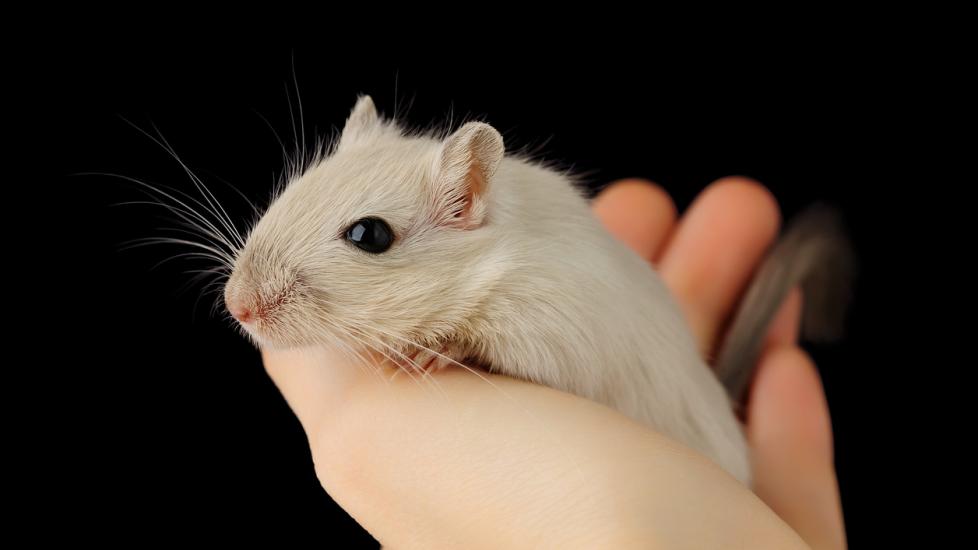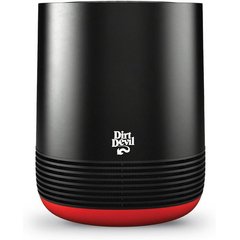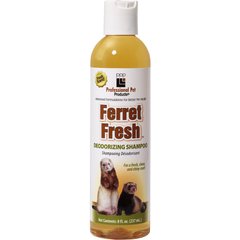Tapeworms in Gerbils
Endoparasitic Worm Infection
Tapeworms belong to a category of endoparasitic flatworms. And much like in other animals, gerbils can contract the parasites in many ways, including ingesting contaminated water or food. There are two types of tapeworms which can infect gerbils: the dwarf tapeworm (Rodentolepis nano) and the rat tapeworm (Hymenolepis diminuta). The dwarf tapeworm, in particular, can be transmitted to humans. Therefore, remain cautious when handling gerbils with this kind of tapeworm. Fortunately, a gerbil with either type of tapeworm infection can be easily treated.
Symptoms
A gerbil suffering from a tapeworm infection will generally display no external signs, however, it may be dehydrated or have diarrhea. In severe cases, the gerbil may have little appetite and eat less, which leads to weight loss and muscle wasting.
Recommended Products
Causes
Gerbils can contract tapeworms by coming in contact with an infected animal's feces, or ingesting contaminated food or water. Cockroaches, beetles or fleas can also spread this infection.
Diagnosis
A veterinarian will typically diagnose tapeworm infections by microscopically examining the gerbil's fecal matter for tapeworm eggs.
Treatment
There are several antihelminthic drugs your veterinarian can prescribe which are formulated to kill tapeworms. These drugs can be either mixed in your gerbil's food or water. If the gerbil has had the tapeworm infection for an extended period of time, it may need fluid and electrolyte therapy. Your veterinarian may even recommend vitamin and mineral supplements to stabilize the gerbil and improve its overall health.
Living and Management
The gerbil's cage should be thoroughly cleaned and disinfected, as there may still be tapeworm eggs in the cage. Otherwise, follow your veterinarian's supportive care regimen and keep the gerbil's living environment pest-free.
Prevention
Maintaining good sanitation and hygienic condition inside the gerbil’s cage, as well as regular deworming treatments, will help prevent tapeworm infections in gerbils.
References
Featured Image: iStock.com/photomaru




